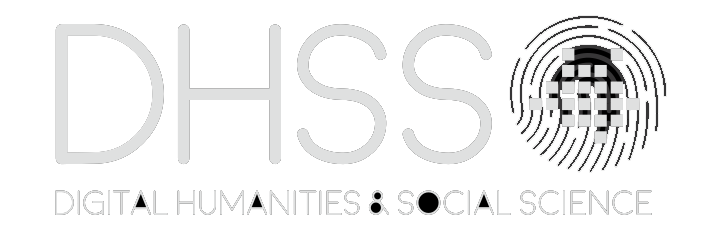A Look Inside the Program
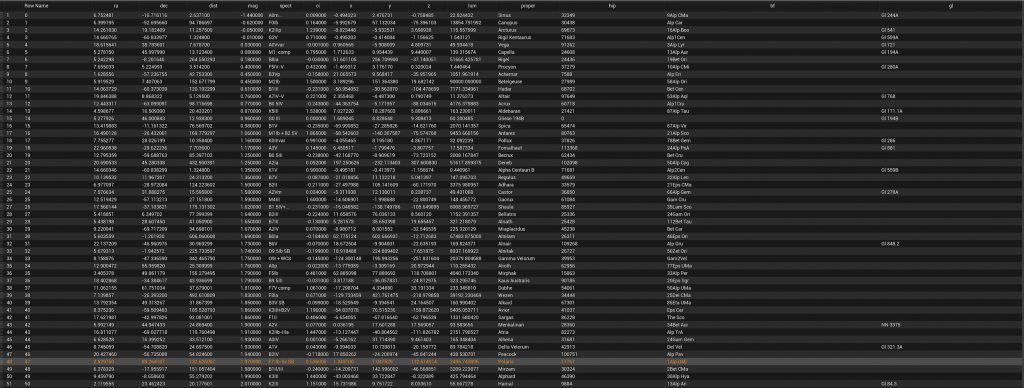
Developed in Unreal Engine using the HYG Star Database, the VR Planetarium program plots the stars in live time to create a realistic and mathematically accurate view of the stars as seen from earth. The application traverses the data table and picks out those pertinent to mapping the star objects: index of entry, star name, its cartesian coordinates, magnitude, and constellation grouping.
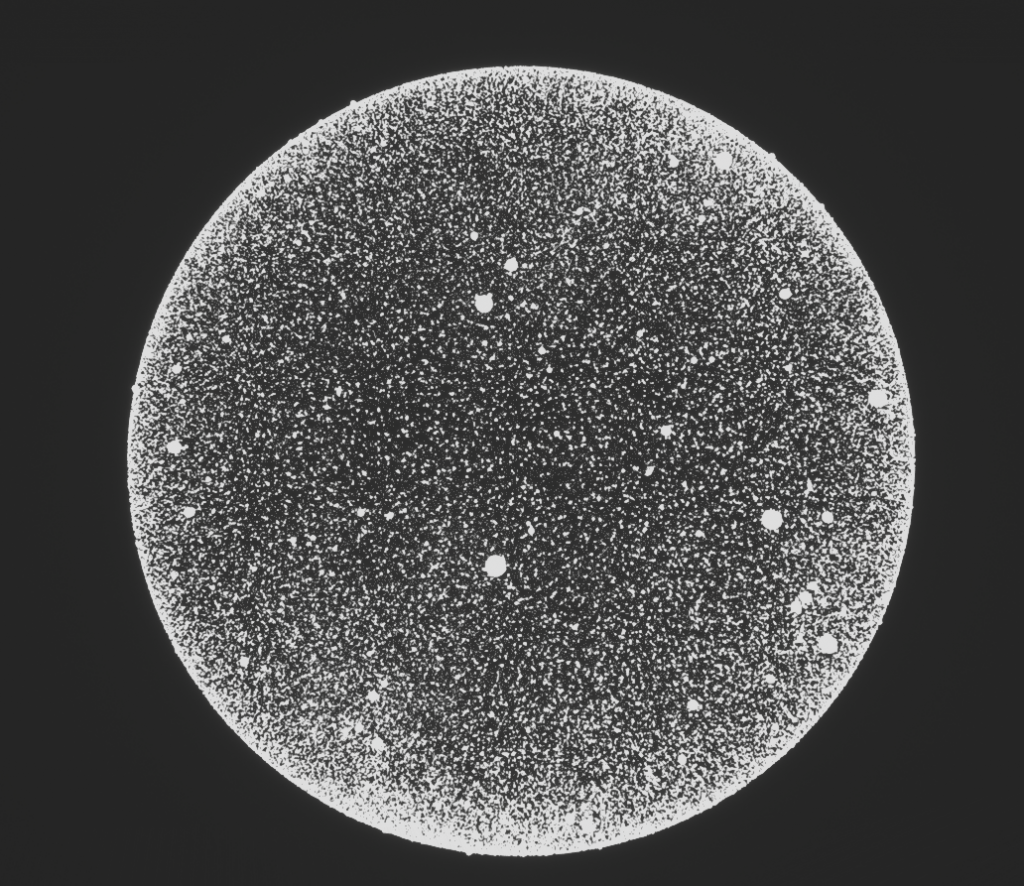
The data is then displayed as an Unreal Engine object called the Skybox, a texture that allows for rendering of distant objects in the 3D scene like stars. All 3 levels in the project contain a SkyBox object, rotated relative to the user viewing location. The Northern Hemisphere level displays the stars the way we can see them from North America, and the Southern Hemisphere level displays the SkyBox rotated to the respective view from Australia on the southern hemisphere.
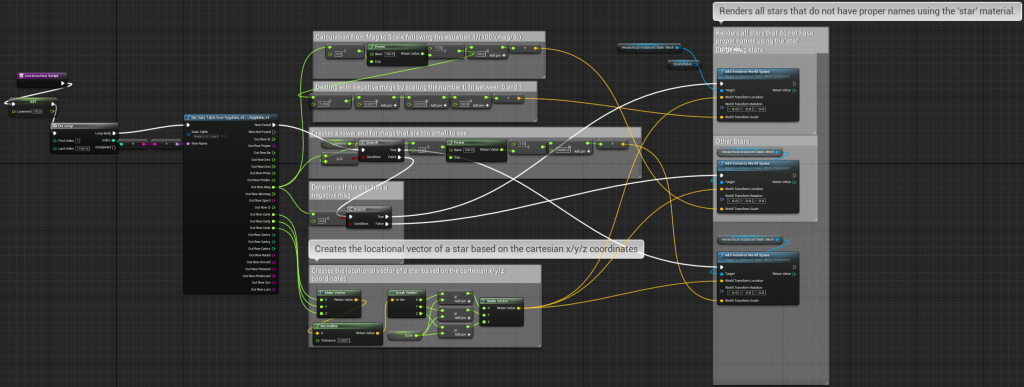
The functionality and interactivity of the project elements is controlled by Unreal Engine Blueprints, a visual node based coding system. The Blueprints map the stars after validating their existence in one version of the SkyBox, then map it again on the condition the star has a proper name and is also part of a constellation for constellations in the SkyBox. User interaction is manipulated by Blueprints, from mapping functions to controller buttons to maintaining in-game user height during teleportation. The user’s navigation between the worlds of the application is Blueprint-controlled as well through the menu widget and mapped to the left controller menu button. The user may interact with the menu with its mapped controls, navigating through options with the left joystick and selecting the level with the left trigger. The application accounts for user reconsideration by always allowing the option of exiting the menu, or quitting the application entirely.
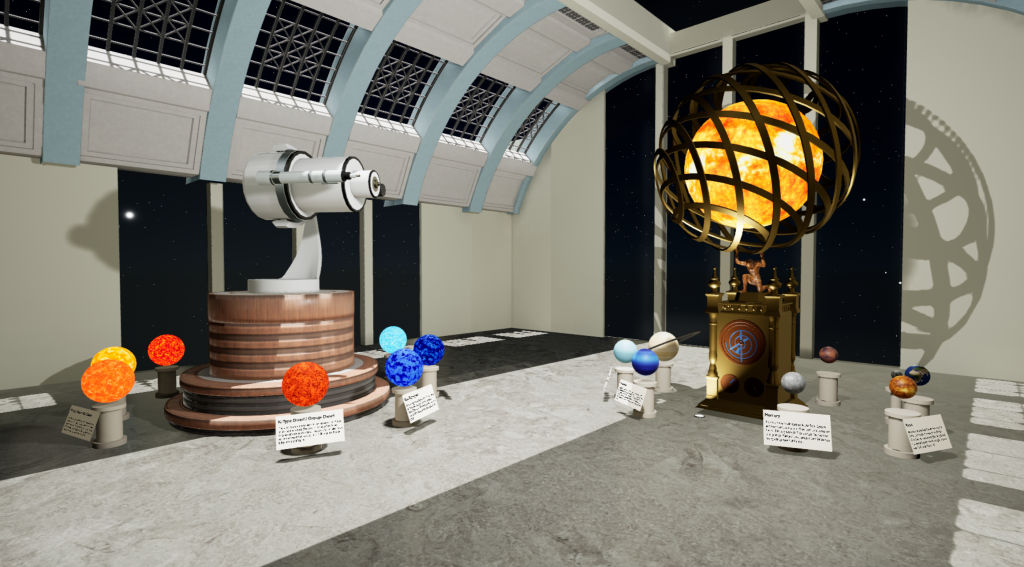
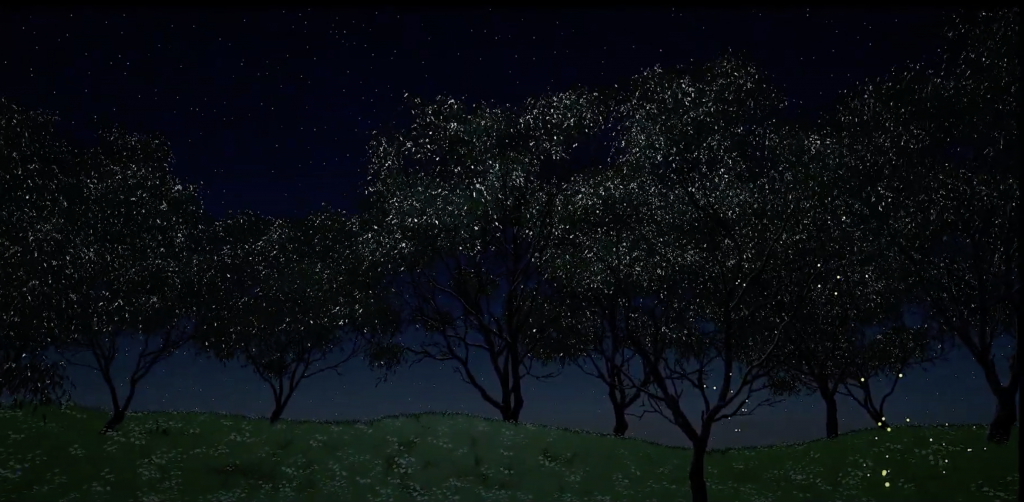
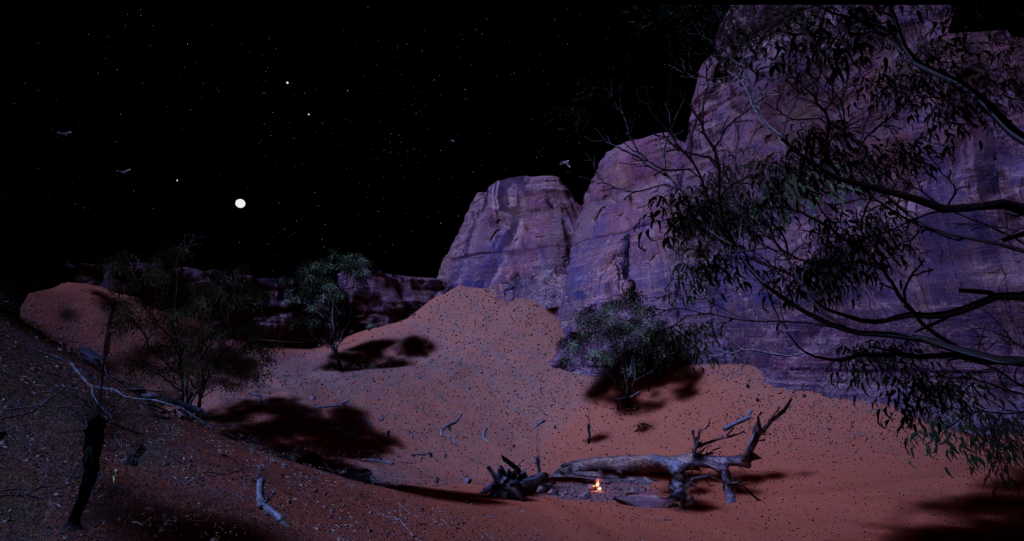
Within the project, users can explore three levels:
- The Observatory: The educational hub where users can take a closer look at various star types and planets in our solar system.
- Northern Hemisphere: A forest scene located in North America where users get to observe the night sky from Earth’s northern hemisphere.
- Southern Hemisphere: A desert scene located in Australia where users get to observe the night sky from the Earth’s southern hemisphere.
